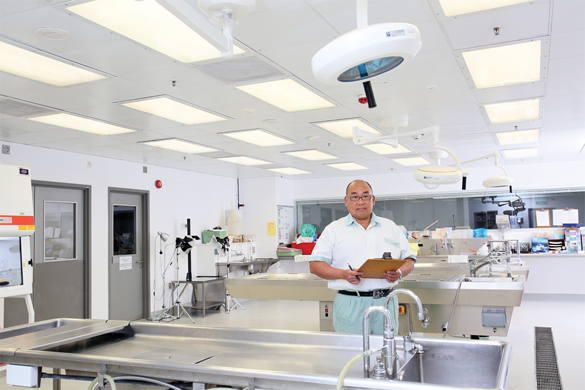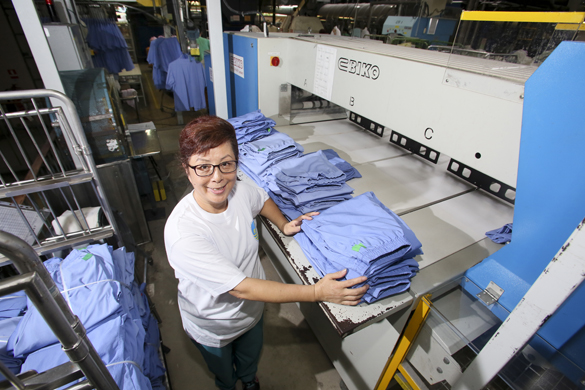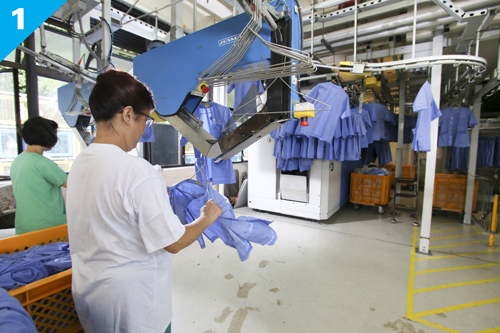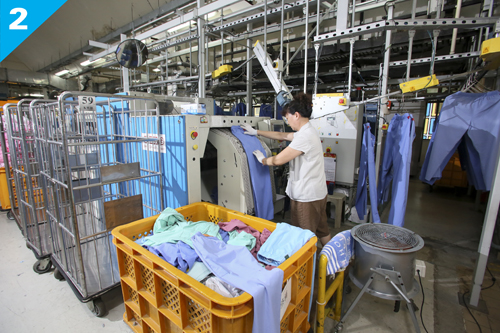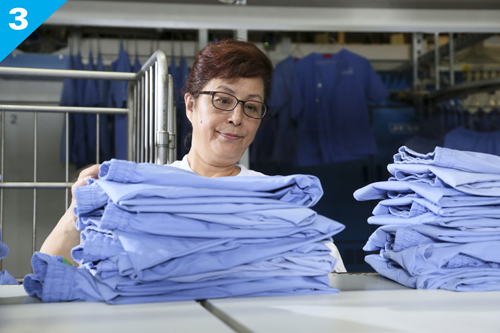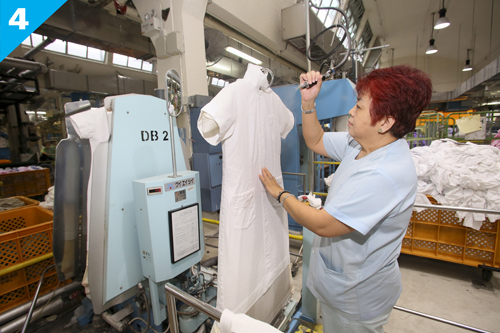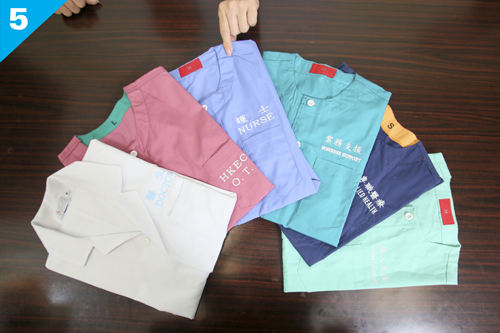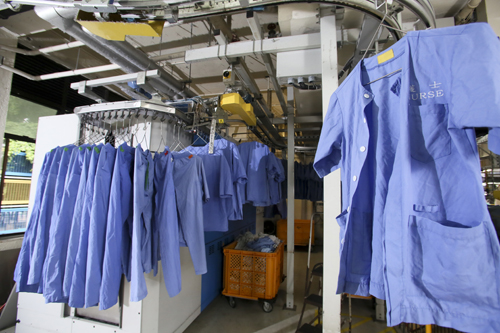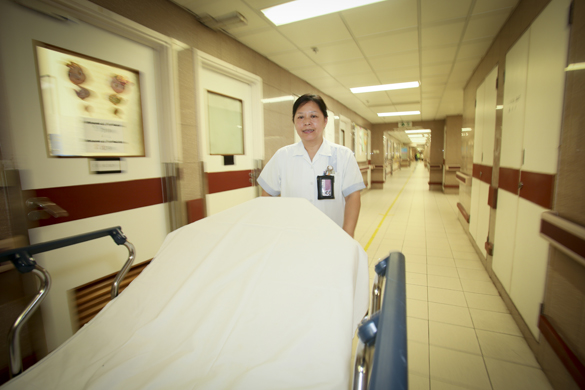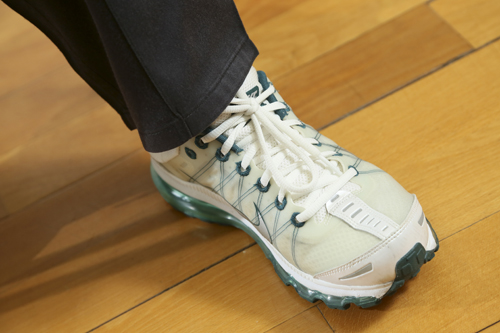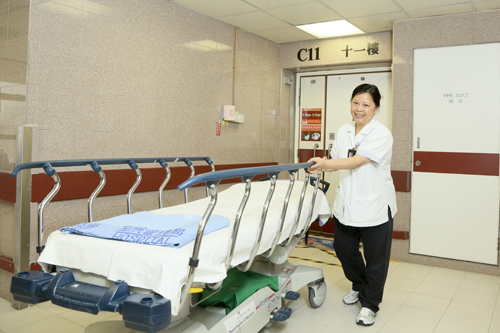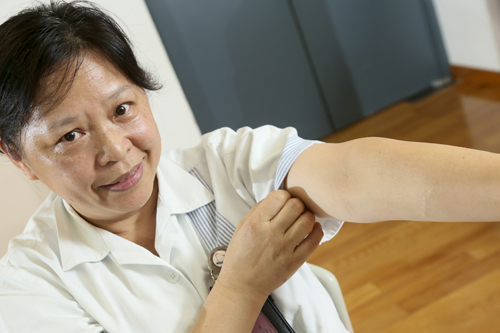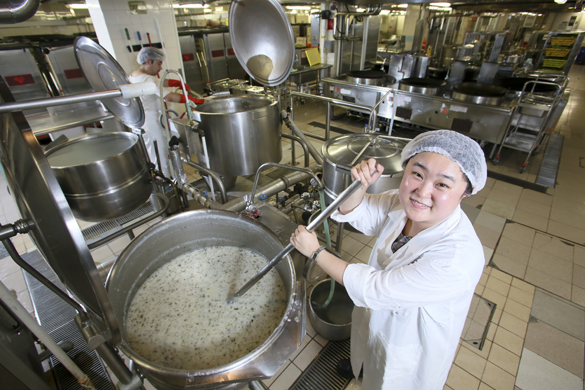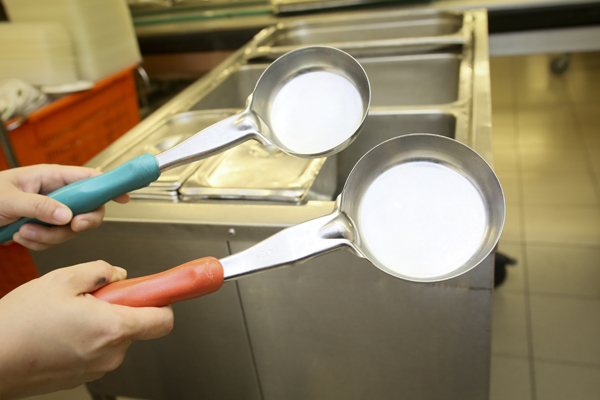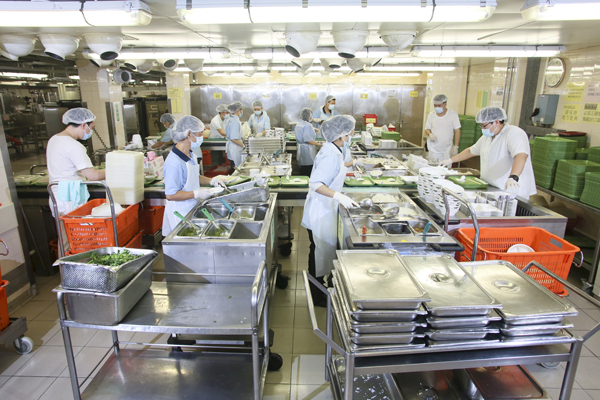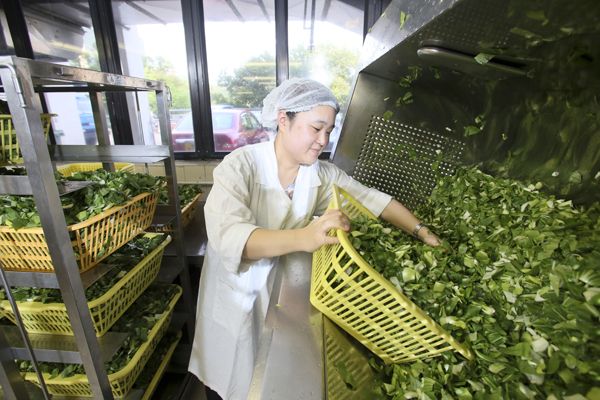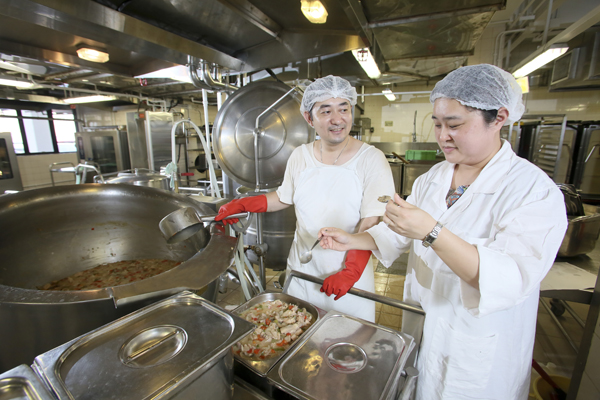Bringing comfort and closure through after-life care
The mortuary – a place that most people prefer not to think about. Even long-serving hospital staff may have little idea about what goes on in this ‘mysterious’ part of the building.
Wong Sze-keung has worked in the mortuary at Prince of Wales Hospital (PWH) for 18 years. “My role as a mortuary technician involves assisting with autopsies – collecting samples and performing tests to determine cause of death,” he says. Located in a new building with advanced facilities and a simple and bright design, the PWH mortuary is not the gloomy environment that one might expect.
Wong explains, “The standard practice is to take a small sample from all the organs for testing. However, in certain special cases – and given that PWH is also a teaching hospital – we may sometimes collect extra samples, such as bone specimens.”
Wong says the most important part of his job is being able to respond quickly and accurately to the pathologist’s instructions. “Autopsies must be conducted efficiently and with precision. We must take care not to damage the organs when collecting samples, ensure any organs that are removed for sampling are put back in the right place, and carefully sew up the incision,” he explains.
He notes that the work of mortuary technicians has an importance that extends beyond determining cause of death – including contributing to medical research and our understanding of wider public health issues. Citing the example of SARS, he says: “The virus was identified by doctors, but it was people like us who collected the test samples.”
Wong has never considered a different career. His family is also supportive of his choice. “When my daughter was a primary student, she asked me about my job,” he says. “I told her I helped doctors to perform autopsies. This upset her at first, but when she told her classmates, they praised me and told her I must earn a lot of money! They thought I was a doctor – this certainly cheered my daughter up!”
Wong says more families now know that, in most cases, they can prevent an autopsy on their loved ones by signing a few forms and this has led to a drop in the number of autopsies carried out in more recent times.
Wong explains that procedural techniques have also evolved. “We’ve moved from the British-style Y-shape and American-style double-door incision methods to a locally developed ‘Hong Kong-style’ in which a single incision is made in the middle of the body to minimise the size of the opening.”
Wong says he is an optimist with a fatalistic outlook on life and no fear of death. But he acknowledges that his job has its challenges. "When I train new recruits, I often tell them about vomiting during my first autopsy," he says with a laugh. While fewer people are joining his profession these days, there are still those who are interested and a man in his 20s recently joined Wong’s team.
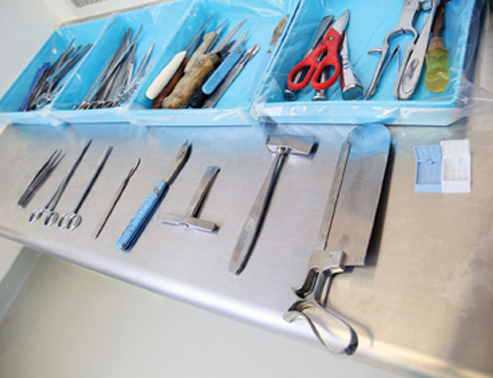 Tools for autopsy work. |
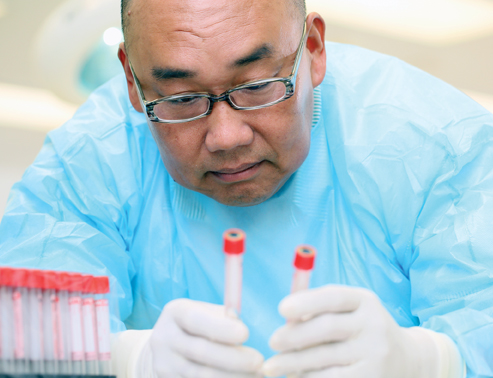 The tubes in his hands are for collecting blood samples. |

